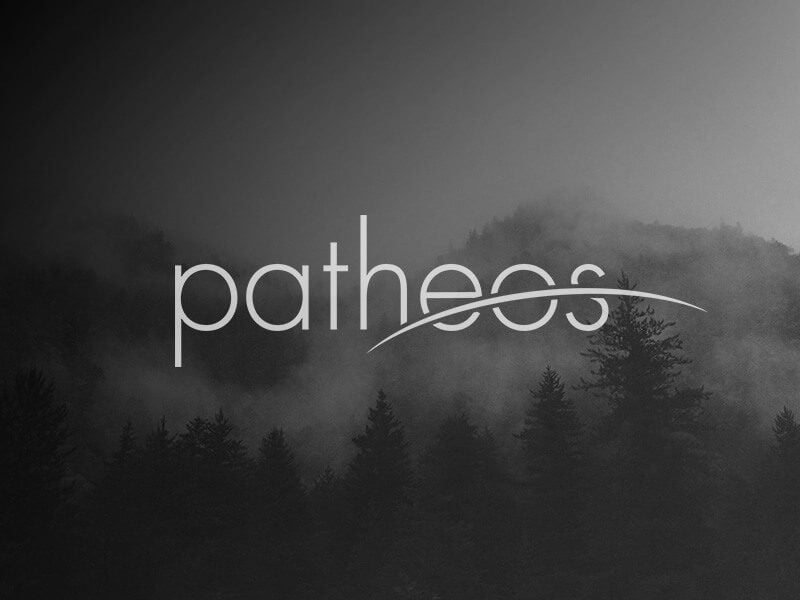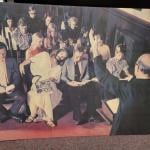 This piece by Craig Lambert, from Harvard Magazine, repeats a well-known meme — that lectures are on their way out and they are ineffective, but I wonder what the professors among us think.
This piece by Craig Lambert, from Harvard Magazine, repeats a well-known meme — that lectures are on their way out and they are ineffective, but I wonder what the professors among us think.
Albert Camus: “Some people talk in their sleep. Lecturers talk while other people sleep.”
What do you think? Is lecturing ineffective? Is this an either/or option or do we need different kinds of instruction for different dimensions of learning?
IN 1990, after seven years of teaching at Harvard, Eric Mazur, now Balkanski professor of physics and applied physics, was delivering clear, polished lectures and demonstrations and getting high student evaluations for his introductory Physics 11 course, populated mainly by premed and engineering students who were successfully solving complicated problems. Then he discovered that his success as a teacher “was a complete illusion, a house of cards.”…
Serendipity provided the breakthrough he needed. Reviewing the test of conceptual understanding, Mazur twice tried to explain one of its questions to the class, but the students remained obstinately confused. “Then I did something I had never done in my teaching career,” he recalls. “I said, ‘Why don’t you discuss it with each other?’” Immediately, the lecture hall was abuzz as 150 students started talking to each other in one-on-one conversations about the puzzling question. “It was complete chaos,” says Mazur. “But within three minutes, they had figured it out. That was very surprising to me—I had just spent 10 minutes trying to explain this. But the class said, ‘OK, We’ve got it, let’s move on.’…
Interactive learning triples students’ gains in knowledge as measured by the kinds of conceptual tests that had once deflated Mazur’s spirits, and by many other assessments as well. It has other salutary effects, like erasing the gender gap between male and female undergraduates. “If you look at incoming scores for our male and female physics students at Harvard, there’s a gap,” Mazur explains. “If you teach a traditional course, the gap just translates up: men gain, women gain, but the gap remains the same. If you teach interactively, both gain more, but the women gain disproportionately more and close the gap.” Though there isn’t yet definitive research on what causes this, Mazur speculates that the verbal and collaborative/collegial nature of peer interactions may enhance the learning environment for women students.
There’s also better retention of knowledge. “In a traditional physics course, two months after taking the final exam, people are back to where they were before taking the course,” Mazur notes. “It’s shocking.” (Concentrators are an exception to this, as subsequent courses reinforce their knowledge base.) Peer-instructed students who’ve actively argued for and explained their understanding of scientific concepts hold onto their knowledge longer. Another benefit is cultivating more scientists. A comparison of intended and actual concentrators in STEM (science, technology, engineering, mathematics) fields indicates that those taught interactively are only half as likely to change to a non-STEM discipline as students in traditional courses….
I agree: student evaluations are useless but are liked by the edu-crats because they long for objective results; what these evaluations give is objective, but it is a false objectivity.
Such pedagogical invention isn’t just a trial-and-error endeavor. Rigorous evaluations using statistical analysis can help distinguish the most promising innovations. For his part, Mazur has collected reams of data on his students’ results. (He says most scholars, even scientists, rely on anecdotal evidence instead.) End-of-semester course evaluations he dismisses as nothing more than “popularity contests” that ought to be abolished. “There is zero correlation between course evaluations and the amount learned,” he says. “Award-winning teachers with the highest evaluations can produce the same results as teachers who are getting fired.” He asserts that he is “far more interested in learning than teaching,” and envisions a shift from “teaching” to “helping students learn.” The focus moves away from the lectern and toward the physical and imaginative activity of each student in class….
When Mazur speaks to audiences on pedagogy, he asks his listeners to think about something they are really good at—perhaps some skill they are proud of, especially one that advanced their career. “Now, think of how you became good at it,” he says next. Audience members, supplied with wireless clickers, can choose from several alternatives: trial and error, apprenticeship, lectures, family and friends, practicing. Data from thousands of subjects make “two things stand out,” Mazur says. “The first is that there is a huge spike at practicing—around 60 percent of the people select ‘practicing.’” The other thing is that for many audiences, which often number in the hundreds, “there is absolutely zero percent for lectures. Nobody cites lectures.”















